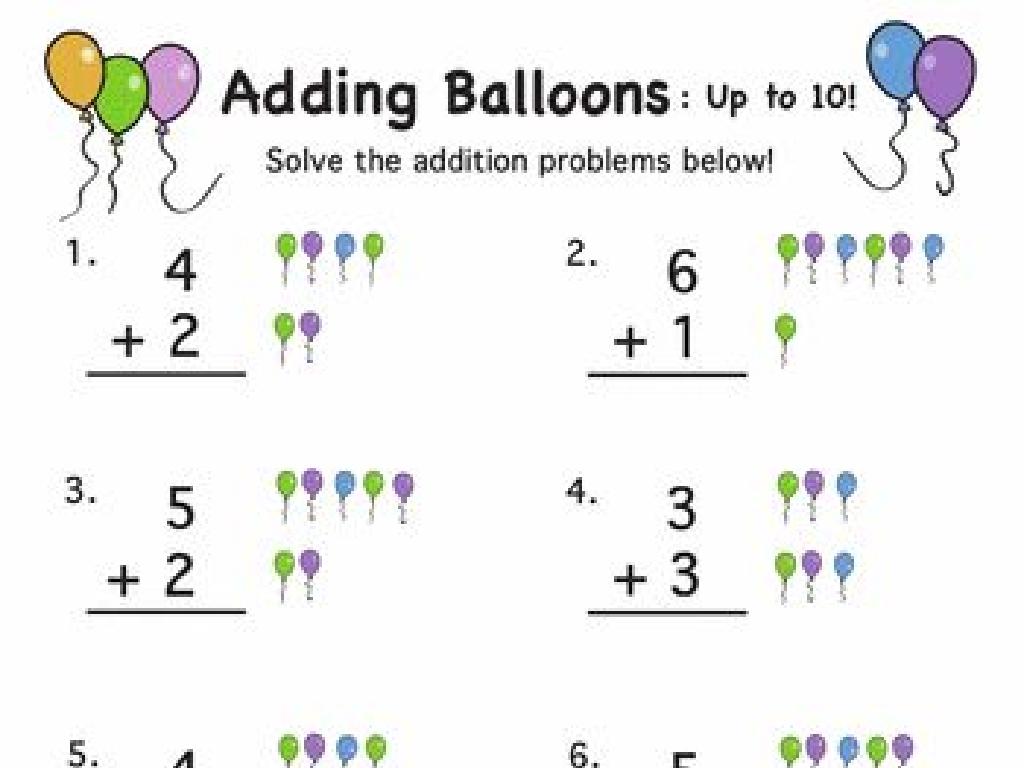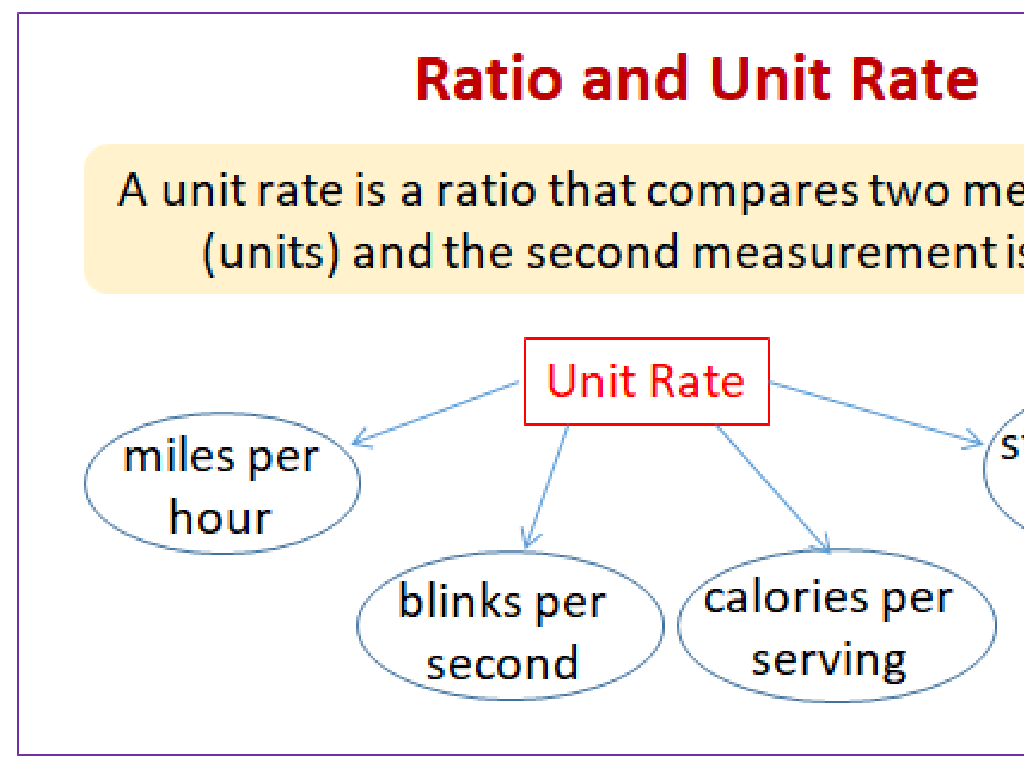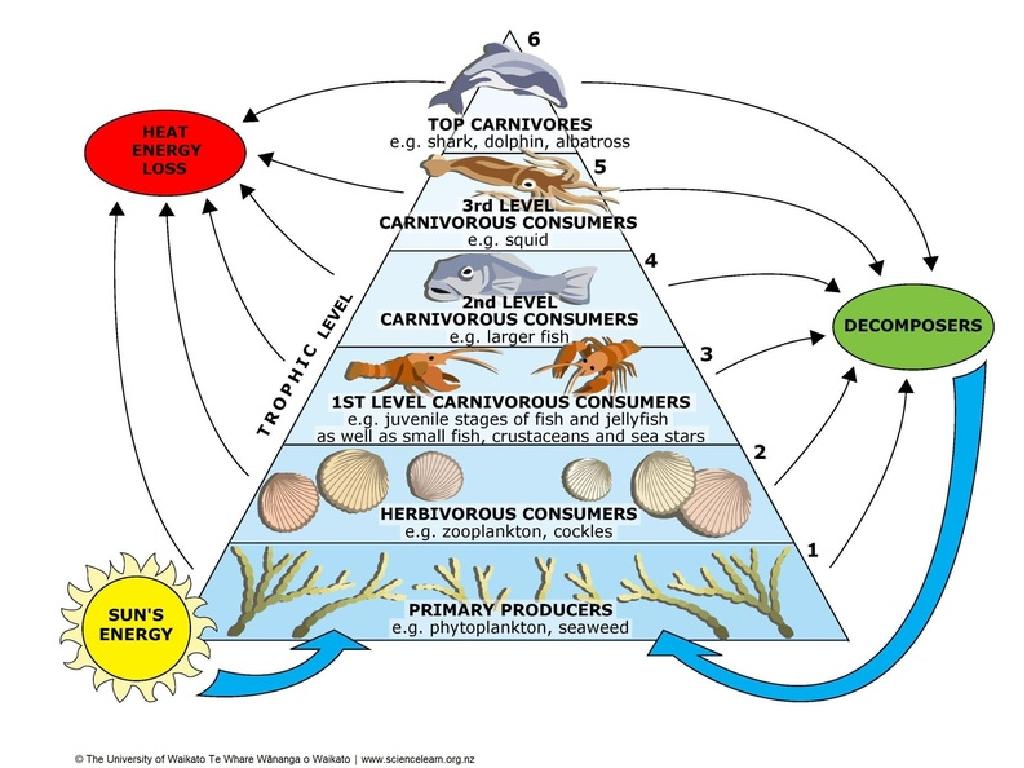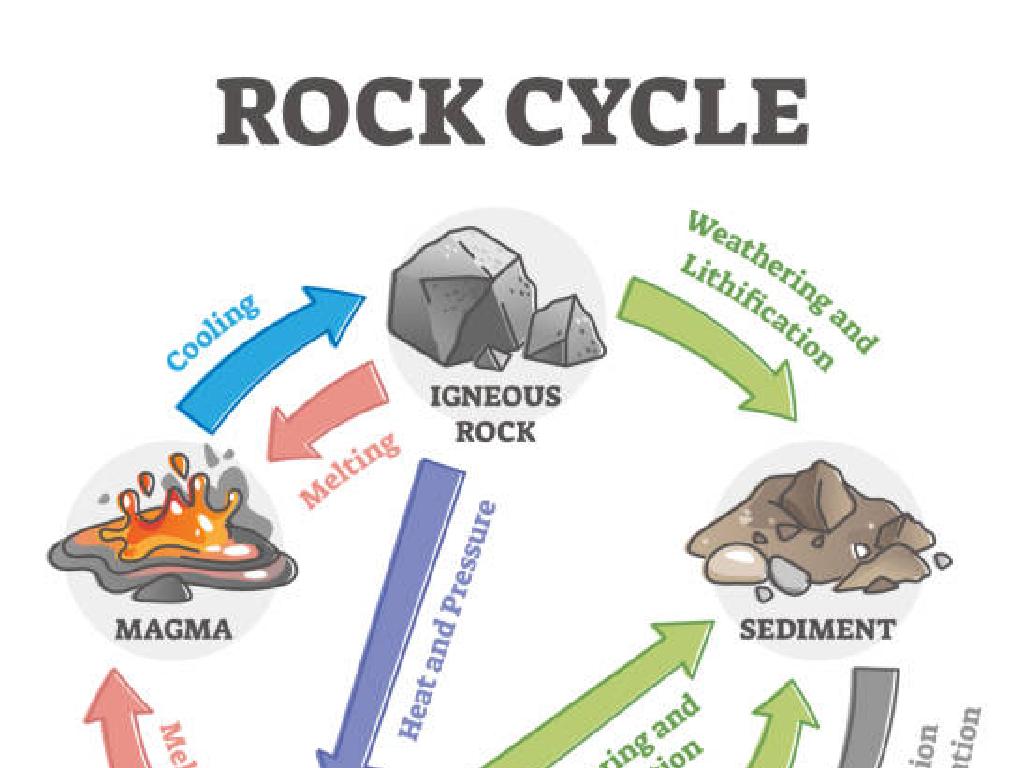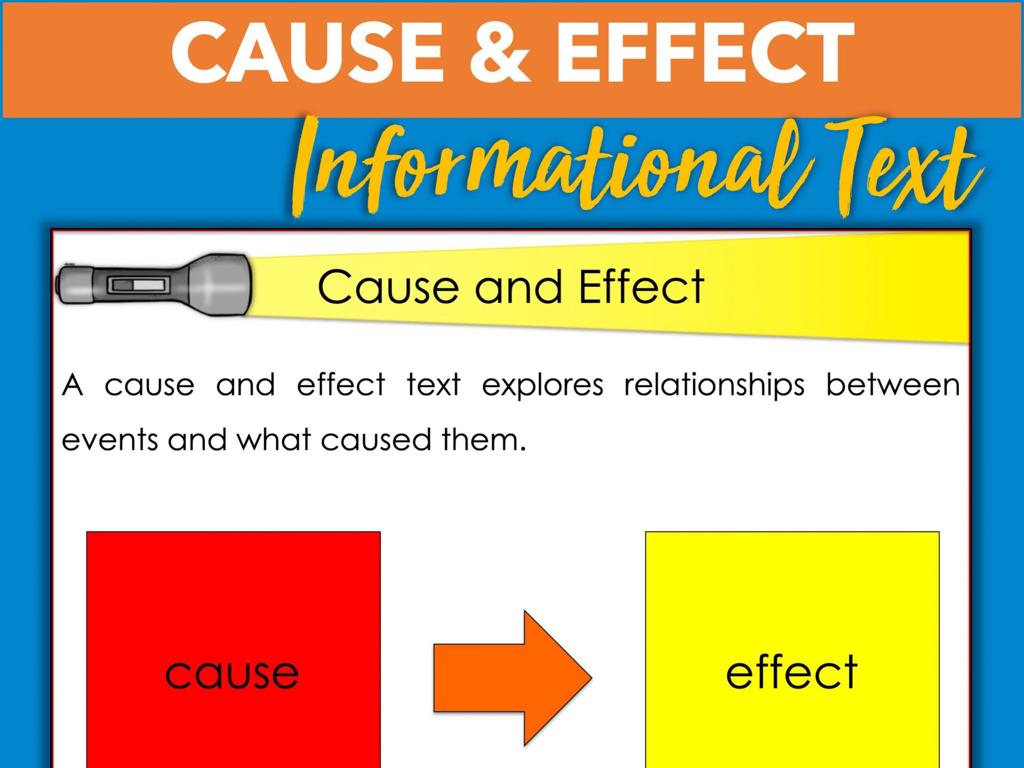Make Ten To Add
Subject: Math
Grade: Second grade
Topic: Addition Strategies: One Digit
Please LOG IN to download the presentation. Access is available to registered users only.
View More Content
Making Ten to Add!
– Learn a fun way to add numbers
– Understand ‘Making Ten’ strategy
– Combining numbers to make a ten before adding
– Why ‘Making Ten’ helps in addition
– It simplifies addition of one-digit numbers
– Practice ‘Making Ten’ with examples
– Example: 8 + 5, make 10 by adding 2 to 8, then add the remaining 3
|
This slide introduces the concept of ‘Making Ten’ as an addition strategy for second graders. The objective is to teach students how to simplify the addition of one-digit numbers by first making a ten. This method is particularly useful because it takes advantage of the base-ten number system, which is foundational in mathematics. By breaking down numbers to create a ten, students can more easily compute sums in their heads, leading to quicker and more efficient mental math. During the lesson, provide several examples and encourage students to practice this strategy with different number combinations. Reinforce the concept by highlighting how this strategy can be applied to larger numbers as they progress in math.
Making Ten to Add
– Understanding ‘Make Ten’
– ‘Make Ten’ is combining numbers to total ten.
– Using fingers to count
– Counting on fingers helps visualize making ten.
– Introduction to ten frames
– Ten frames are tools that show a full ten.
– Using ten frames to add
– Place counters on the ten frame to add up to ten.
|
The concept of ‘Making Ten’ is a fundamental addition strategy where students learn to combine numbers to reach a sum of ten. This technique builds a strong number sense and serves as a foundation for mental math. Encourage students to use their fingers as a physical tool to count, which is a relatable and accessible strategy for second graders. Introduce ten frames as a visual aid to help students organize their counting and better understand the concept of ten as a base for our number system. Instruct them on placing counters on the ten frame to visually represent addition problems. This slide will prepare students for an activity where they will practice using ten frames to add numbers together.
Using Ten Frames to Make Ten
– Ten frames help visualize numbers
– Structure of a ten frame
– Two rows of five boxes each
– Filling ten frames with counters
– Use counters to see how numbers add up to ten
– Practice making ten together
|
This slide introduces ten frames as a visual aid for understanding the concept of making ten, which is a foundational addition strategy for second graders. A ten frame is a simple tool consisting of two rows of five boxes that can be filled with counters or other small objects. By using ten frames, students can easily see how different combinations of numbers add up to ten. During the class activity, provide each student with a ten frame and counters. Encourage them to experiment with different number combinations that make ten. For example, placing 4 counters in the first row and 6 in the second row shows that 4 + 6 equals 10. This hands-on activity will help solidify their understanding of addition and the concept of ‘making ten’.
Making Ten to Add
– Start with the number 7
– Ask: What’s needed to make 10?
We look for the number that completes 10 when added to 7.
– Visualize with a ten frame
Using a ten frame, we see 3 empty spots to reach 10.
– Discover 7 + 3 equals 10
By adding 3 to 7, we’ve made ten!
|
This slide introduces the concept of ‘making ten’ to simplify addition. Start by presenting the number 7 and posing the question to the class about what number is needed to reach 10. Encourage the students to visualize using a ten frame, which helps them see that there are 3 empty spots to fill to make 10. Reinforce the idea that 7 plus 3 equals 10. This strategy helps students perform mental math more quickly by creating a ‘ten’, a foundational number in our base-ten system. Practice with different starting numbers and use ten frames for visual support. This concept builds a strong foundation for future math skills.
Practice Time: Making Ten!
– Practice adding to make ten
– What adds to 5 to make 10?
– We need a number that makes 5 become 10.
– Use your ten frame for help
– Place 5 counters on the ten frame, how many more to fill it?
– Show your answer to the class
|
This slide is designed for a classroom activity where students will practice the ‘make ten’ addition strategy. Start by asking the class what number needs to be added to 5 to reach 10. Encourage them to use their ten frames, which are tools with ten spaces, to visually support their addition. They should place 5 counters on the ten frame and then count how many empty spaces are left to find the answer. This hands-on activity helps solidify the concept of making ten, which is a foundational addition strategy. After the students find the answer, they can show their ten frames to the class to demonstrate their understanding. Prepare to guide them through the process and offer praise as they grasp the concept.
Adding with ‘Make Ten’ Strategy
– Start with a bigger number: 8 + 5
– First, make ten using 8
– We can add 2 to 8 to reach 10
– What to add to 8 to make 10?
– 8 plus 2 equals 10
– Add the remainder to 10
– Now, add the leftover 3 to get 13
|
This slide introduces the ‘Make Ten’ addition strategy, which simplifies adding larger numbers by creating a sum of ten first. Start by presenting the problem 8 + 5. Guide the students to see that making ten is a helpful step in addition. Ask them what number should be added to 8 to make 10, reinforcing the concept of ‘ten frames’ or ‘number bonds’. Once they identify that 2 is needed to make 10, show them how to add the remaining 3 to the 10. This method breaks down the addition into manageable parts, making it easier for second graders to understand and solve. Encourage students to practice this strategy with different numbers and to explain their thought process.
Why ‘Make Ten’ is Awesome!
– ‘Making Ten’ speeds up addition
– It’s a shortcut to add numbers quickly.
– Numbers that make ten are memorable
– Like 1+9, 2+8, these pairs are easy to recall.
– Apply ‘Make Ten’ to larger sums
– Use ‘Make Ten’ as a step for adding bigger numbers.
– Practice makes perfect
|
The ‘Make Ten’ strategy is a fundamental addition technique that simplifies the process of adding one-digit numbers by creating sums of ten first. This method is particularly effective because it takes advantage of the base-ten number system, which is a natural fit for our decimal-based counting and calculation. By focusing on combinations of numbers that add up to ten, students can more easily perform mental calculations and apply this strategy to tackle larger addition problems. Encourage students to practice ‘Making Ten’ with various pairs of numbers to build their speed and confidence. During class, provide examples and facilitate activities where students can apply ‘Make Ten’ in different scenarios.
Class Activity: Make Ten Game
– Let’s play the ‘Make Ten’ card game!
– Pair up with a classmate
– Use your cards to create tens
– Find cards that add up to 10, like 7 + 3 or 6 + 4
– The team with the most tens wins!
|
This interactive game is designed to help students practice the concept of making ten to add. Provide each pair with a deck of cards from which face cards are removed. Each pair takes turns drawing two cards at a time to find combinations that add up to ten. They keep the pairs that make ten. The game continues until all cards are used or no more tens can be made. Possible variations for different student pairs: use dice instead of cards, have students draw their own cards, or use a digital app for virtual card drawing. This activity reinforces mental math skills and the understanding of addition combinations leading to ten.
Conclusion: Mastering ‘Make Ten’ Strategy
– Celebrate learning ‘Make Ten’
– Practice leads to perfection
– Continue practicing with ten frames
– Use ten frames to visualize combinations of 10
– Keep growing your math skills at home
|
Well done on completing the lesson on the ‘Make Ten’ addition strategy! It’s important to remember that becoming proficient in math requires practice, just like learning to play an instrument or a sport. Encourage students to keep using their ten frames at home to strengthen their understanding of making combinations of 10. This will help them become faster and more accurate with addition. Provide some ten frame worksheets or activities they can do with their parents or guardians. Remind them that every bit of practice will help them become more confident in their math skills.

